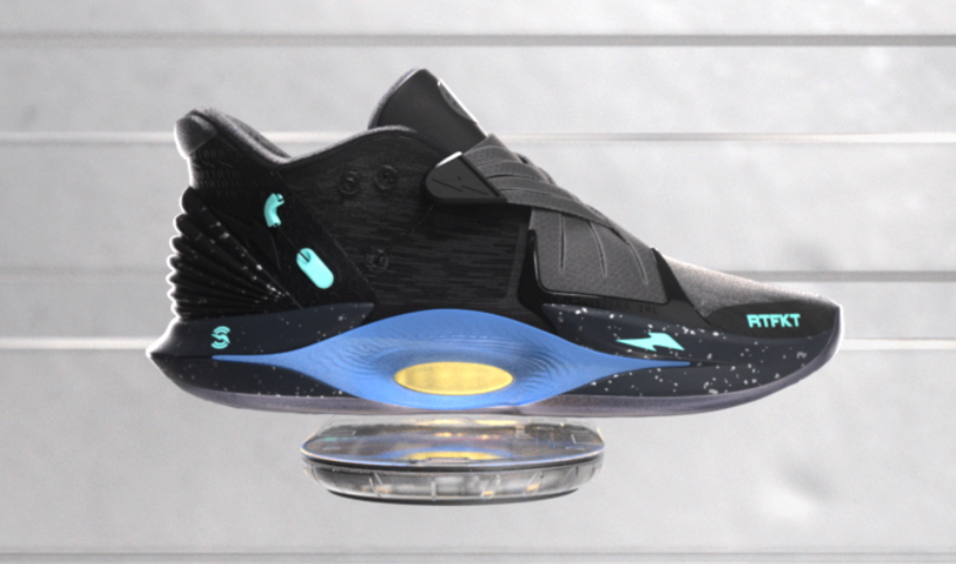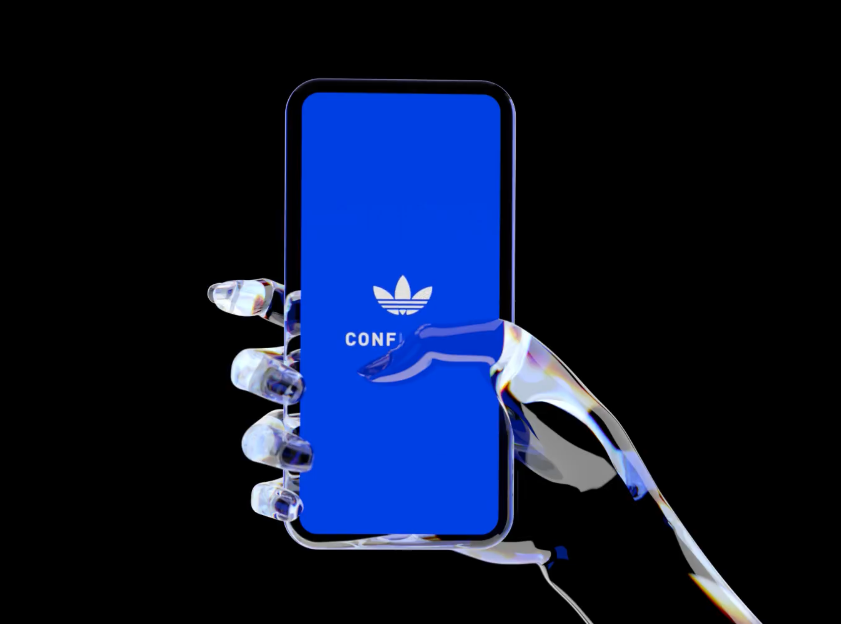
Retail finds itself at the nexus of physical and digital worlds, giving rise to the ‘phygital’ era — a hybrid of physical goods with digital counterparts.
This shift in brand strategy and consumer behaviour toward a cross retail model isn’t just a passing trend; it’s becoming necessary for businesses to stay competitive in a modern retail sector where data and technology are dictating how customers interact with businesses.
A recent McKinsey survey found that two-thirds of the retail industry feels that growing omnichannel and digital services is both the most significant trend, and greatest challenge.
Phygital is part of this, now going well beyond the conceptual into innovative global activations from household name brands; And they’re using Web3 to do it.
Web3 services use decentralised, cryptographically-enforced addresses to act as our identities, wallets and histories. These allow us to have unique digital fingerprints to get a personalised experience and give us control over who we are, what we share, and who can interact with us.
Web3 gives users extraordinary consuming spending power and makes brands have to work harder for loyalty and engagement.
Standout performers
This excitement behind creating phygital products and experiences has led to some of the top consumer brands in the world diving head first into the Web3 space with their own phygital plays.
Starbucks offers its Odyssey loyalty programme, which leverages NFTs to give customers unique digital rewards and experiences.
Luxury brands including Gucci, Dior and Lacoste have embraced phygital fashion by blending physical luxury fashion goods with a digital counterpart. Similarly, Nike have brought RTFKT digital items to life as physical Cryptokicks iRL sneakers.
In most cases, this is achieved by leveraging near-field communication, or “NFC,” chips embedded in the physical item, accelerating product discovery, addressing the counterfeit challenge via secured product authentication and enhancing customer experience.
Phygital in the palm of your Hand
The whole process relies on mobile phones, to enable brands to offer, and users to tap into these compelling new physical/digital experiences. Image credit: adidas
Image credit: adidas
Adidas’ new collaboration with Japanese clothing brand A Bathing Ape, twins a digital counterpart with physical Adidas sneakers equipped with an NFC chip, placed in the left tongue, which when scanned with a mobile phone provides the owner with access to the digital certificate of authenticity.
With mobile retail making up 38 per cent of online spending in Q4 of 2022, and 55% of millennials shopping online, this is exactly the kind of avenue that retailers need to explore.
Although real-time data collection and personalised recommendations are hallmarks of e-commerce giants like Amazon, physical retailers frequently struggle to replicate them.
However, mobile technology is now emerging as the key solution to this problem, bridging online and offline experiences and facilitating the data-driven personalisation that today’s consumers and retailers demand.
While we may not yet know the full extent to the phygital future of retail, we can be sure that the mobile phone, that we never leave home without, will play a significant role.
By Toby Rush, CEO and co-founder of Redeem, a platform that allows users to store and use Web3 assets via their mobile phone.









